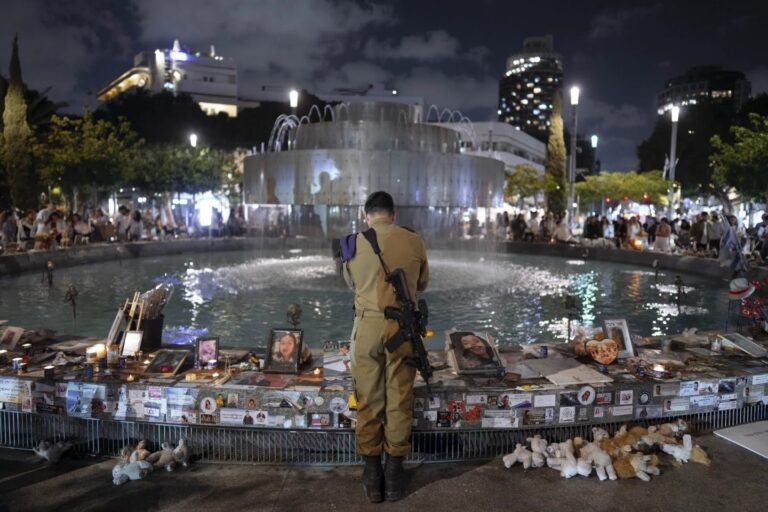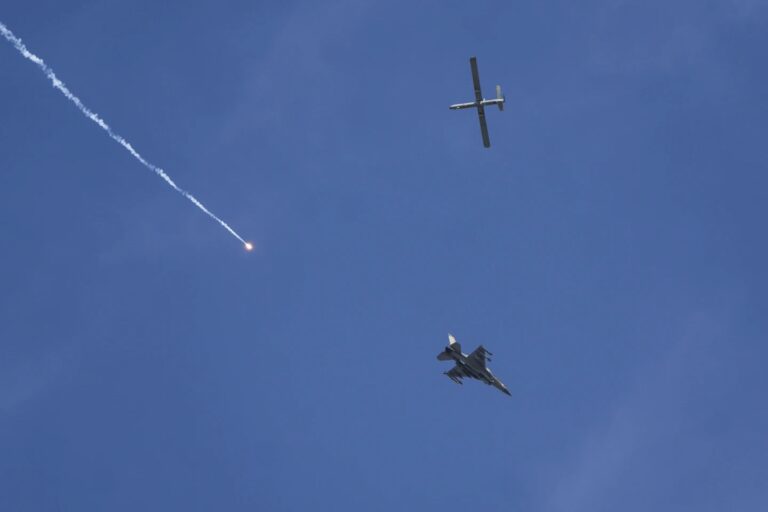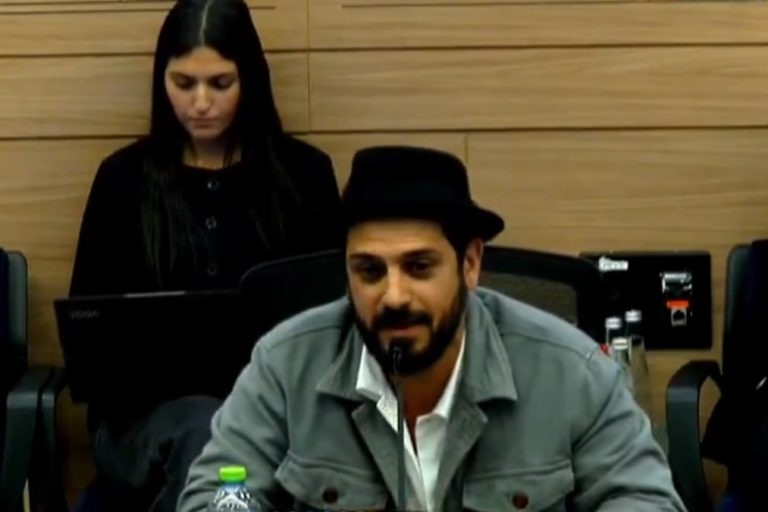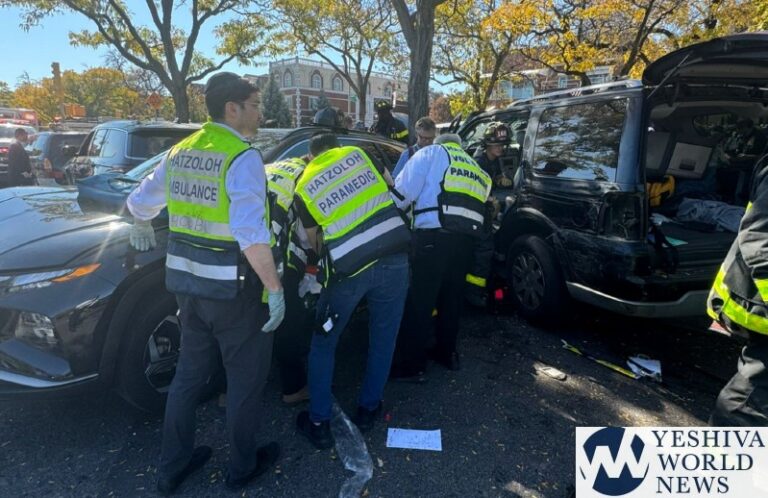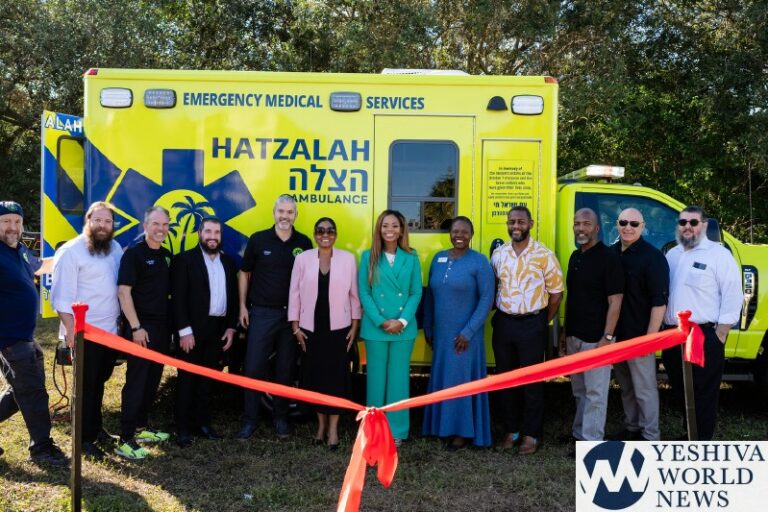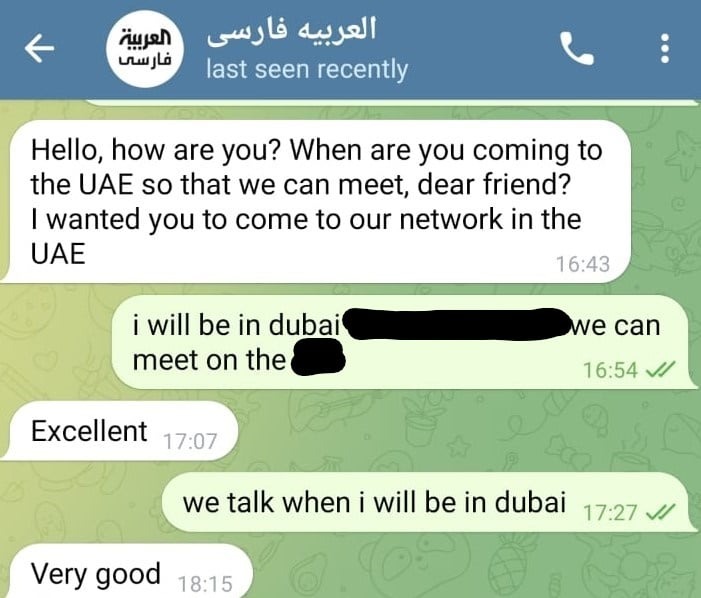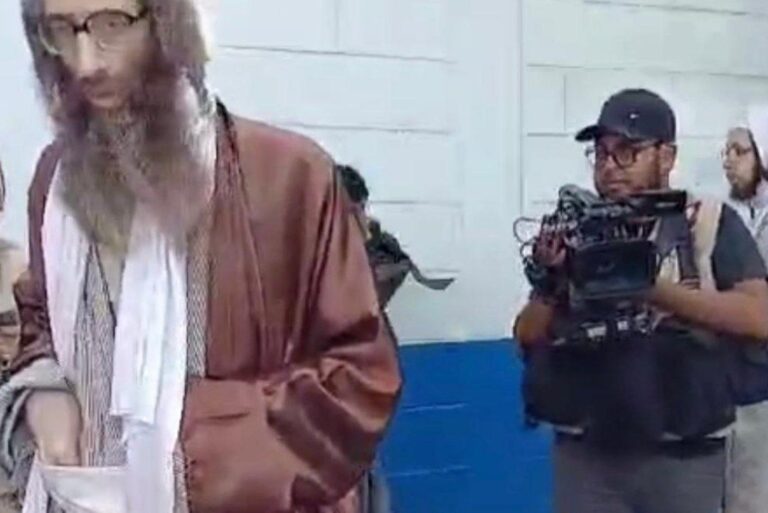 Scientists have long sought easier ways to make the costly material known as enriched uranium — the fuel of nuclear reactors and bombs, now produced only in giant industrial plants.
Scientists have long sought easier ways to make the costly material known as enriched uranium — the fuel of nuclear reactors and bombs, now produced only in giant industrial plants.
One idea, a half-century old, has been to do it with nothing more substantial than lasers and their rays of concentrated light. This futuristic approach has always proved too expensive and difficult for anything but laboratory experimentation.
Until now.
In a little-known effort, General Electric has successfully tested laser enrichment for two years and is seeking federal permission to build a $1 billion plant that would make reactor fuel by the ton.
That might be good news for the nuclear industry. But critics fear that if the work succeeds and the secret gets out, rogue states and terrorists could make bomb fuel in much smaller plants that are difficult to detect.
Iran has already succeeded with laser enrichment in the lab, and nuclear experts worry that G.E.’s accomplishment might inspire Tehran to build a plant easily hidden from the world’s eyes.
Backers of the laser plan call those fears unwarranted and praise the technology as a windfall for a world increasingly leery of fossil fuels that produce greenhouse gases.
But critics want a detailed risk assessment. Recently, they petitioned Washington for a formal evaluation of whether the laser initiative could backfire and speed the global spread of nuclear arms.
“We’re on the verge of a new route to the bomb,” said Frank N. von Hippel, a nuclear physicist who advised President Bill Clinton and now teaches at Princeton. “We should have learned enough by now to do an assessment before we let this kind of thing out.”
New varieties of enrichment are considered potentially dangerous because they can simplify the hardest part of building a bomb — obtaining the fuel.
General Electric, an atomic pioneer and one of the world’s largest companies, says its initial success began in July 2009 at a facility just north of Wilmington, N.C., that is jointly owned with Hitachi. It is impossible to independently verify that claim because the federal government has classified the laser technology as top secret. But G.E. officials say that the achievement is genuine and that they are accelerating plans for a larger complex at the Wilmington site.
“We are currently optimizing the design,” Christopher J. Monetta, president of Global Laser Enrichment, a subsidiary of G.E. and Hitachi, said in an interview.
The company foresees “substantial demand for nuclear fuel,” he added, while conceding that global jitters from the crisis at the Fukushima Daiichi plant in Japan “do create some uncertainty.” G.E. made those reactors.
Donald M. Kerr, a former director of the Los Alamos weapons lab who was recently briefed on G.E.’s advance, said in an interview that it looked like a breakthrough after decades of exaggerated claims.
Laser enrichment, he said, has gone from “an oversold, overpromised set of technologies” to what “appears to be close to a real industrial process.”
For now, the big uncertainty centers on whether federal regulators will grant the planned complex a commercial license. The Nuclear Regulatory Commission is weighing that issue and has promised G.E. to make a decision by next year.
The Obama administration has taken no public stance on plans for the Wilmington plant. But President Obama has a record of supporting nuclear power as well as aggressive efforts to curtail the bomb’s spread. The question is whether those goals now conflict.
The aim of enrichment is to extract the rare form of uranium from the ore that miners routinely dig out of the ground. The process is a little like picking through multicolored candies to find the blue ones.



